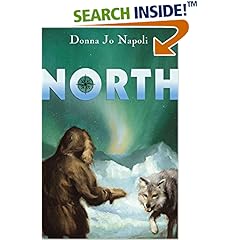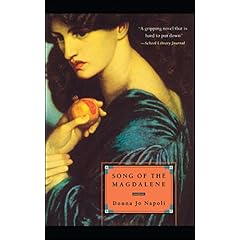
Another Messner biography, published in 1960, Admiral Byrd of Antarctica is a solid, decent read, but not as enthralling or inspiring as other Messner biographies I’ve read. Gladych characterizes Byrd, who explored both the Arctic and the Antarctic, as resourceful, persistent, brave and somewhat driven by a desire to do something important and noteworthy.
The most celebrated event of Byrd’s life came in 1934 on his second Antarctic expedition when he spent five months alone gathering meteorological data in a base station during the antarctic winter. He almost died of carbon monoxide poisoning from a poorly ventilated stove. He later wrote an account of his experiences when isolated and on his own in his book, Alone. Gladych quotes Byrd saying about his motivation for manning the station by himself:
“There comes a time in every man’s life when he should take stock of himself—sort of check on his navigation, so to speak. . . . You see, it has taken me a long time to get where I am today. And we are all like aircraft on nonstop flights, with time like precious fuel which we cannot replenish. God alone knows how much time-fuel I have left, and I’d like to check my course—make sure that where I am headed is where I should be going. I can do it best alone—out there.”
p.156
I don’t know if that’s an actual quote from Admiral Byrd, or a paraphrase of something he said, or entirely made up by author Gladych. However, while the idea of checking your course by way of an extended retreat is a good one, I think it could have been accomplished with less drama and danger, to Byrd and to his compatriots who eventually had to come to his rescue. But, then, what do I know about polar exploration or the compulsion to adventure and challenge the unknown?
Admiral Byrd was one of the most highly decorated Navy officers in U.S. military history. He also got all kinds of awards and commendations from various non-governmental organizations. But the fact that his wife, Marie, stayed married to him and raised their four children by herself for a good bit of their marriage seems like the best commendation of all. She must have seen something in him. He did name a region in Antartica after his long-suffering wife, Marie Byrd Land.
Some other books about Admiral Byrd and his adventures:
- Black Whiteness: Admiral Byrd Alone in the Antarctic by Robert Burleigh. Picture book about Byrd’s famous near-death experiment in solitude.
- Something to Tell the Grandcows by Ellen Spinelli. Picture book. Hoping to have an adventure to impress her grandcows, Emmadine Cow joins Admiral Richard E. Byrd on his 1933 expedition to the South Pole. I have this book in my library.
- Alone: The Classic Polar Adventure by Richard Evelyn Byrd.
- Explorer: The Life of Richard E. Byrd by Lisle E. Rose. An adult biography of the explorer published in 2008.
- Richard E. Byrd: Adventurer to the Poles by Adele de Leeuw. A children’s biography from the series by Garrard Publishers, Discovery biographies.
- Byrd & Igloo: A Polar Adventure by Samantha Seiple. A narrative account for children of the daring adventures of the legendary polar explorer and aviator and his loveable dog companion draws on letters, diaries, interviews, newspaper clippings, and expedition records.
- Admiral Richard Byrd: Alone in the Antarctic by Paul Rink. Original title: Conquering Antartica: Admiral Richard E. Byrd.
- We Were There With Byrd at the South Pole by Charles S. Strong. Juvenile fiction set during Byrd’s first Antarctic expedition.




